Acta Scientific Ophthalmology (ASOP)
Case Report Volume 3 Issue 6
Charuta J Puranik1,2*, Lalitha Balla3, Falguni Pati4 and Shibu Chameettachal4
1Oculus Regenerus Eye Care and Research Center, Mehdipatnam Hyderabad, Telangana, India
2Virinchi-EYE, Ophthalmology Department, Virinchi Hospitals, Hyderabad, Telangana, India
3Sree Netralaya Eye Hospital and Lasik Centre, Hyderabad, Telangana, India
4Department of Biomedical Engineering, Indian Institute Technology Hyderabad Kandi, Sangareddy, India
*Corresponding Author: Charuta J Puranik, Virinchi-EYE, Ophthalmology Department, Virinchi Hospitals, Hyderabad, Telangana, India.
Received: April 11, 2020; Published: May 21, 2020
Introduction: Injury to cornea due to trauma or infection leads to stromal scarring and varying degrees of unaided and/or best corrected visual acuity loss posing a major challenge for the corneal specialist. Therapeutic options for superficial scars are rigid contact lenses or allogenic lamellar corneal transplantations which may fail due to graft rejection.
Aims: The primary aim of our case report is to demonstrate use of ipsilateral autologous limbal transplantation (IALT) in a case of mid stromal corneal scar resulting in effective resolution of the same.
Case Report: A 35-year-old male with a dense corneal scar, lagophthalmos and neurotrophy, with a healthy limbus, underwent ipsilateral autologous limbal transplantation. The scar gradually resolved and the clarity is maintained for past 40 months.
Discussion: Corneal stromal stem cells (CSSC) have been shown to reside in the human limbus and in the corneal stroma and have shown capacity to reverse corneal scaring in genetically engineered mice. Based on robust laboratory work from Funderburgh and others, we successfully transplanted autologous limbal chips in a human without manipulation effectually restoring corneal clarity and demonstrating over 40 months of stable outcomes.
Conclusion: We attribute the restoration to proliferation of resident CSSC induced by a conducive milieu provided from the limbal CSSC, or due to the migration of the CSSC from the limbal chips themselves. Functional keratocytes thus generated restored physiological collagen lamellae rendering the once scarred cornea transparent. The case also demonstrates an effective translation of years of meticulous bench side work to the clinic with a potential to benefit millions with corneal blindness.
Keywords: Ipsilateral Autologous Limbal Transplantation (IALT); Corneal Stromal Stem Cells (CSSC)
References
- Mariotti SP. “Global Data on Visual Impairments”. World Health Organization (2010).
- ThompsonRW Jr., et al. “Long-term graft survival after penetrating keratoplasty”. Ophthalmology 7 (2003): 1396-1402.
- Du Y., et al. “Multipotent stem cells in human corneal stroma”. Stem Cells 23 (2005): 1266-1275.
- Polisetty N., et al. “Mesenchymal cells from limbal stroma of human eye”. Molecular Vision 14 (2008): 431-442.
- Basu S., et al. “Human limbal biopsy-derived stromal stem cells prevent corneal scarring”. Science Translational Medicine 266 (2014): 266ra17.
- Basu S., et al. “Simple limbal epithelial transplantation: long-term clinical outcomes in 125 cases of unilateral chronic ocular surface burns”. Ophthalmology 123 (2016): 1000-1010.
- Search criteria “simple+limbal+epithelial+transplantation+limbal+stem+cell+deficiency”.
- Parfitt GJ., et al. “Three-dimensional reconstruction of collagen-proteoglycan interactions in the mouse corneal stroma by electron tomography”. Journal of Structural Biology 170 (2010): 392-397.
- Lewis PN., et al. “Structural interactions between collagen and proteoglycans are elucidated by three-dimensional electron tomography of bovine cornea”. Structure 18 (2010): 239-245.
- Hassell JR and Birk DE. “The molecular basis of corneal transparency”. Experimental Eye Research 91 (2010): 326-335.
- Kao WW and Liu CY. “Roles of lumican and keratocan on corneal transparency”. Glycoconjugate Journal 19 (2002): 275-285.
- Funderburgh JL. “Keratan sulfate: Structure, biosynthesis, and function”. Glycobiology 10 (2000): 951-958.
- Funderburgh JL., et al. “Keratocyte phenotype mediates proteoglycan structure: A role for fibroblasts in corneal fibrosis”. Journal of Biological Chemistry 278 (2003): 45629-45637.
- Funderburgh ML., et al. “PAX6 expression identifies progenitor cells for corneal keratocytes”. The FASEB Journal 19 (2005): 1371-1373.
- Du Y., et al. “Stem cell therapy restores transparency to defective murine corneas”. Stem Cells 27 (2009): 1635-1642.
- Chen JJ and Tseng SC. “Corneal epithelial wound healing in partial limbal deficiency”. Investigative Ophthalmology and Visual Science 31 (1990): 1301-1314.
- Polisetty N., et al. “Mesenchymal cells from limbal stroma of human eye”. Molecular Vision 14 (2008): 431-442.
- MJ Branch., et al. “Hopkinson, Mesenchymal stem cells in the human corneal limbal stroma”. Investigative Ophthalmology and Visual Science 53 (2012): 5109-5116.
- GG Li., et al. “Mesenchymal stem cells derived from human limbal niche cells”. Investigative Ophthalmology and Visual Science 53 (2012): 5686-5697.
- N Polisetty., et al. “Mesenchymal cells from limbal stroma of human eye”. Molecular Vision 14 (2008): 431-442.
- LJ Bray., et al. “Immunosuppressive properties of mesenchymal stromal cell cultures derived from the limbus of human and rabbit corneas”. Cytotherapy 16 (2014): 64-73.
- Iyer G., et al. “Outcome of allo simple limbal epithelial transplantation (alloLSET)in the early stage of ocular chemical injury”. British Journal of Ophthalmology 101 (2017): 828-833.
- Trommelmans L. “The challenge of regenerative medicine”. Hastings Center Report 26 (2010): 24.
- Daar AS and Greenwood HL. “A proposed definition of regenerative medicine”. Journal of Tissue Engineering and Regenerative Medicine 1 (2007): 179-184.
- Committee for Advanced Therapies (CAT), CAT Scientific Secretariat Schneider CK., et al. “Challenges with advanced therapy medicinal products and how to meet them”. Nature Reviews Drug Discovery 9 (2010): 195-201.
- Lee SJ., et al. “Host cell mobilization for in situ tissue regeneration”. Rejuvenation Research 11 (2008): 747-756.
- Ju YM., et al. “In situ regeneration of skeletal muscle tissue through host cell recruitment”. Acta Biomaterialia 10 (2014): 4332-4339.
- Ko IK., et al. “Combined systemic and local delivery of stem cell inducing/recruiting factors for in situ tissue regeneration”. The FASEB Journal 26 (2012): 158-168.
- Ko IK., et al. “In situ tissue regeneration through host stem cell recruitment”. Experimental and Molecular Medicine 45 (2013): e57.
- Asahara T., et al. “Isolation of putative progenitor endothelial cells for angiogenesis”. Science 275 (1997): 964-967.
- Crosby JR., et al. “Endothelial cells of hematopoietic origin make a significant contribution to adult blood vessel formation”. Circulation Research 87 (2000): 728-730.
- McKay R. “Stem cells-hype and hope”. Nature 406 (2000): 361-364.
Citation
Citation: Charuta J Puranik., et al. “A Case Report on Ipsilateral Autologous Limbal Transplantation for Treatment of Corneal Stromal Scars”. Acta Scientific Ophthalmology 3.6 (2020): 18-23.
Copyright
Copyright: © 2020 Charuta J Puranik., et al. This is an open-access article distributed under the terms of the Creative Commons Attribution License, which permits unrestricted use, distribution, and reproduction in any medium, provided the original author and source are credited.
Journal Menu
Metrics
News and Events
- Certification for Review
Acta Scientific certifies the Editors/reviewers for their review done towards the assigned articles of the respective journals. - Submission Timeline for Upcoming Issue
The last date for submission of articles for regular Issues is April 30th, 2024. - Publication Certificate
Authors will be issued a "Publication Certificate" as a mark of appreciation for publishing their work. - Best Article of the Issue
The Editors will elect one Best Article after each issue release. The authors of this article will be provided with a certificate of "Best Article of the Issue". - Welcoming Article Submission
Acta Scientific delightfully welcomes active researchers for submission of articles towards the upcoming issue of respective journals.
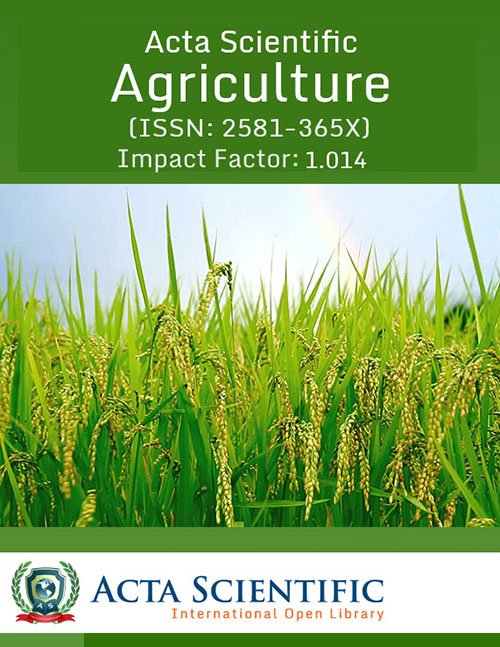
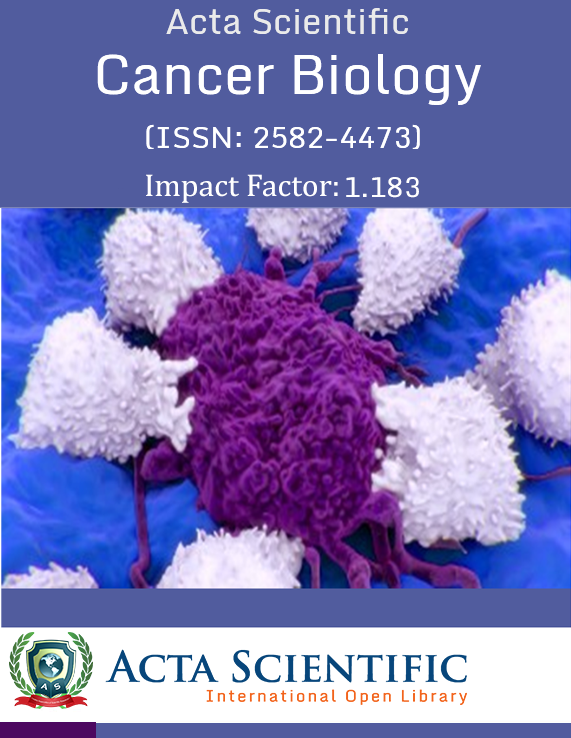

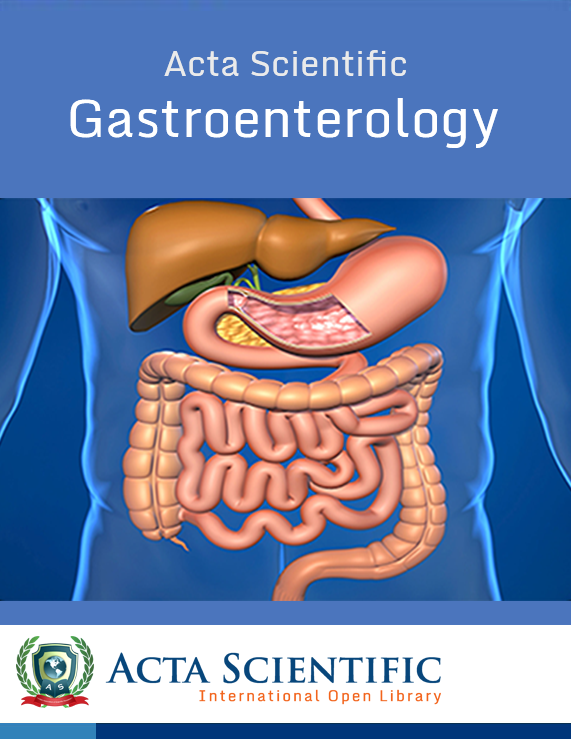
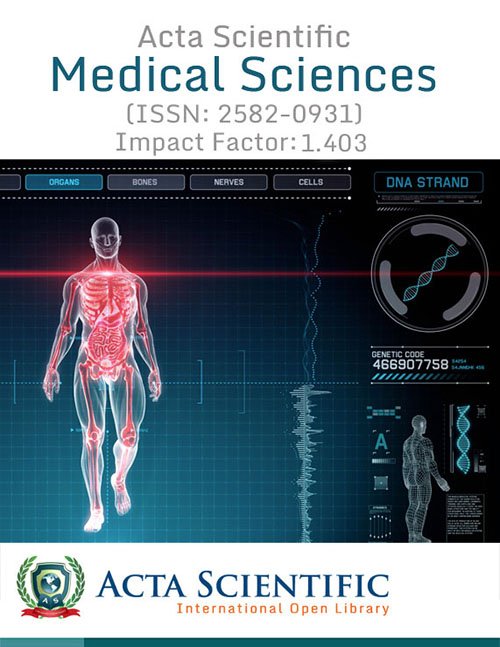
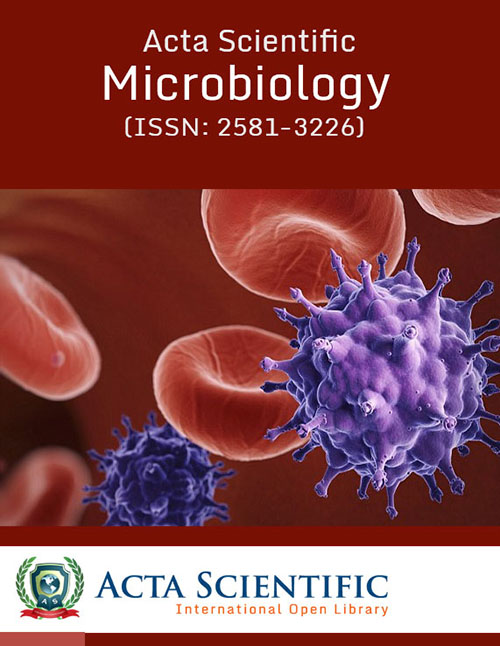

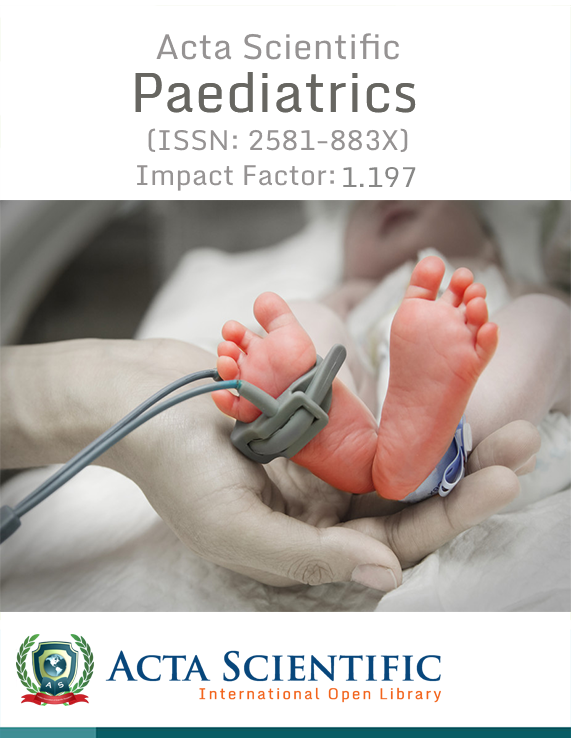
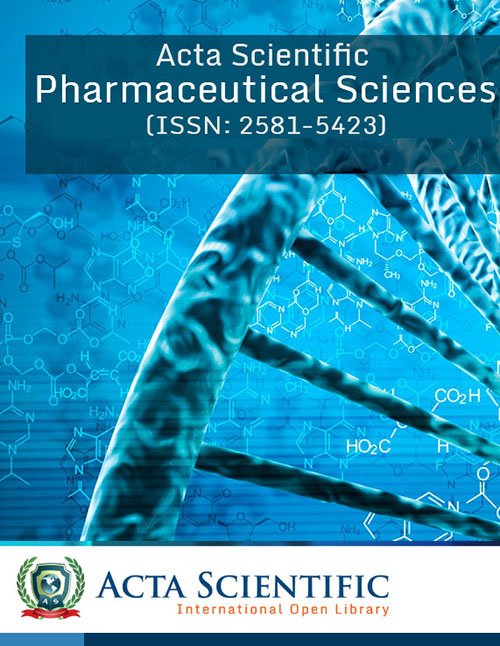

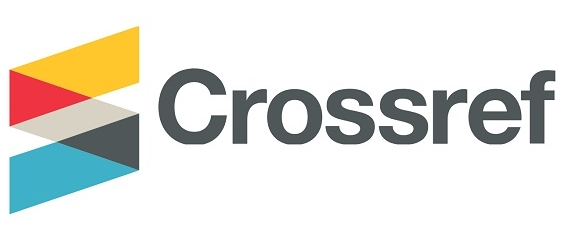



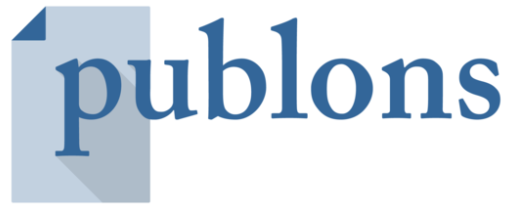



 +91 9182824667
+91 9182824667